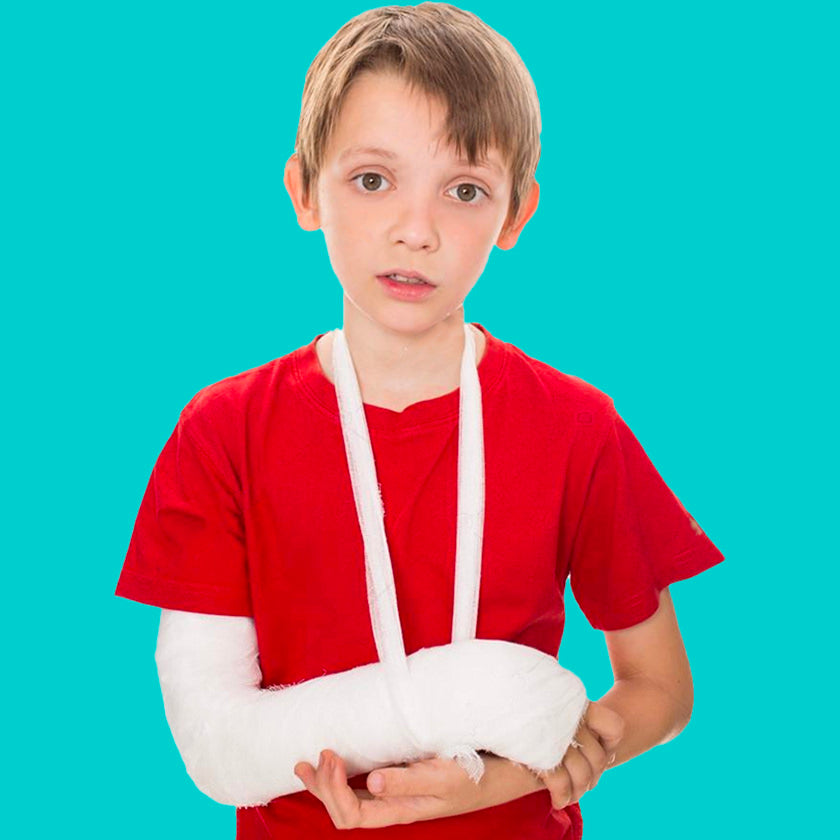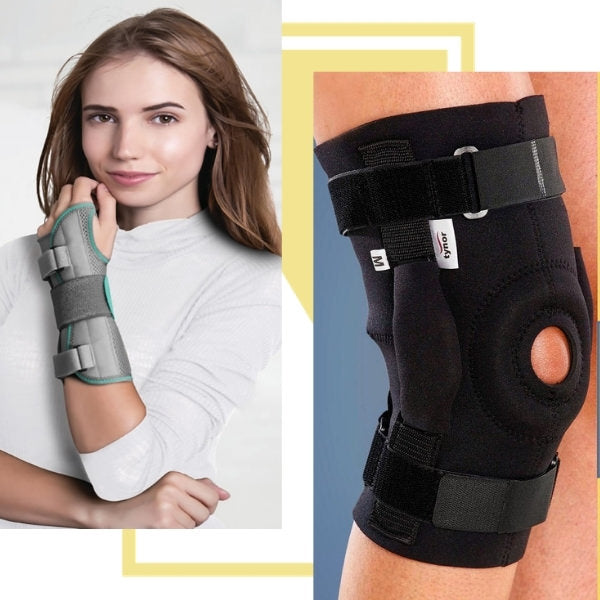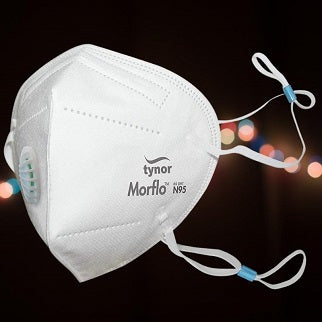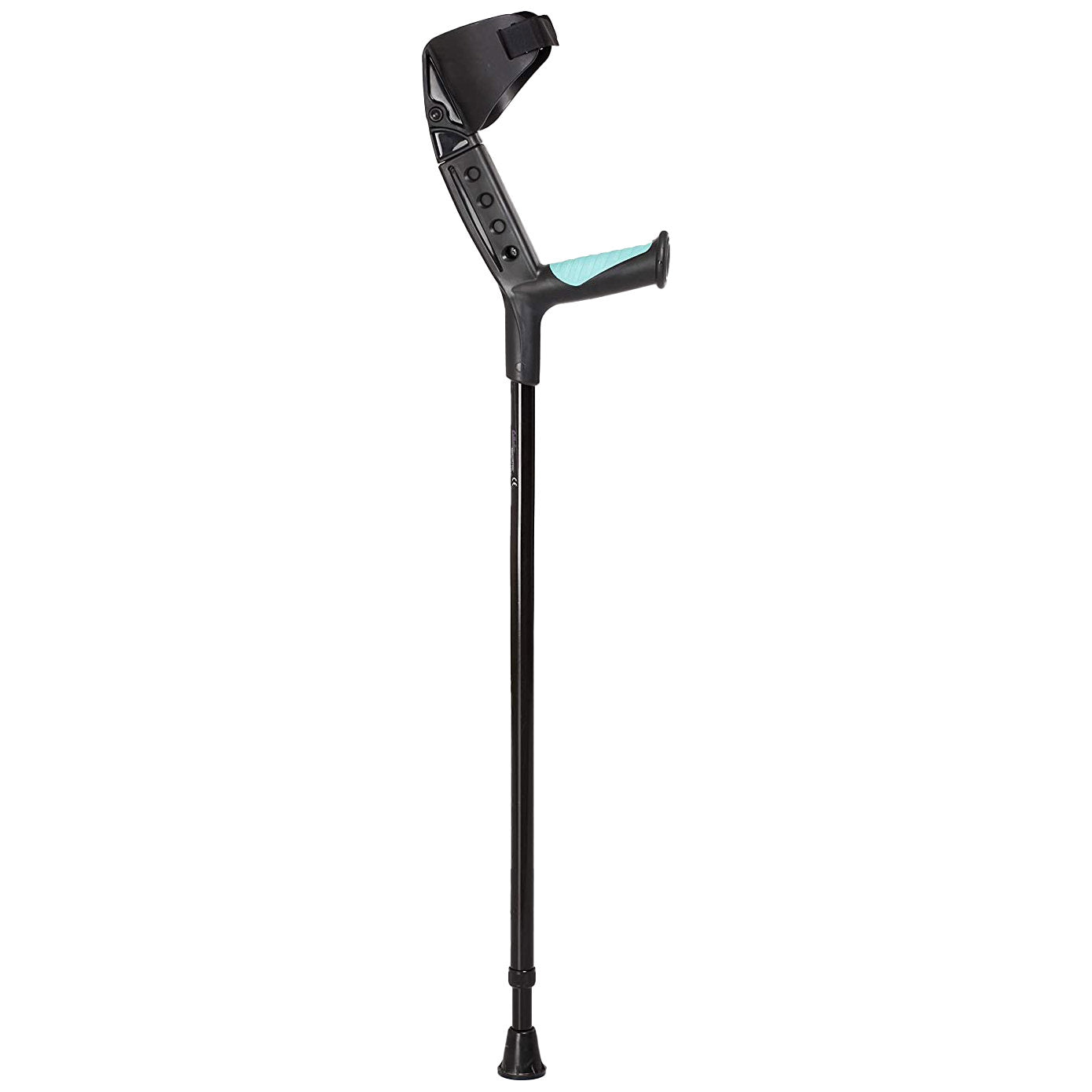Types of mobility aids
Walking aids fall into multiple categories and include the following:
Canes or walking sticks:
Canes or walking sticks are intended to:
- Support your standing and walking balance
- Reduce the strain on one or both legs
- Enhance sensory input for walking comfort and safety
Standard canes, usually referred to as straight canes, are typically constructed of aluminum or wood. They are affordable and lightweight.
Typically,offset canes are constructed of aluminum. They may be adjusted in length, thus bespoke fittings are not necessary. With these canes, the patient's weight can be distributed throughout the cane's shaft. More stability is provided by this cane, which can also be used sporadically for weight carrying.
Thefour-legged quad cane is often constructed of aluminum. This cane enables the patient to bear greater weight, broadens the base of support, and promotes stability. The patient may utilize their hands by allowing the device to stand on its own.
Crutches:
Crutches are a sort of walking aid that let people have a larger base of support. They help persons who can't use their legs to support their weight transmit weight from the lower body to the upper body (from short-term injuries to lifelong disabilities).
Axilla or underarm crutches: Place two fingers between the axilla and the axilla pad, with the elbow bent between 20 and 30 degrees. The structure consists of a handpiece, an axilla bar, and two uprights connected distally by a single leg.
Crutches for the arm: (or lofstrand, elbow or Canadian crutches). They have a single upright, a forearm cuff, and a handgrip in their design. From the handgrip to the floor, the height of forearm crutches is specified (adjustable from 29 to 35 inches/74 to 89 cm).
Grout Crutches (or adjustable arthritic crutches, forearm support crutches): A other kind of crutch consists of a metal strap, an adjustable handpiece with a rubber ferrule, and a cushioned forearm support. These crutches are used by patients who can only handle a portion of their body weight, and they are especially helpful for those with rheumatic diseases.
Walker:
A walking aid having four points of contact on the ground is called a walker. The side nearest to the patient is often open and has three sides. It is more often used to stabilize individuals with poor balance, limited mobility, or lower extremity disability since it offers a larger base of support than a walking stick.
Standing Aids:
To assist with manual handling often used within rehabilitation.
A suitable walking frame will help you regain fitness
The use of high-quality aluminum and properly designed structures of the models offered by our rehabilitation store allowed their designers to provide them with adequate strength while maintaining a very low weight. Thanks to this, each rehabilitation walker can be an extremely helpful device both for an elderly person who has very limited strength and for those struggling with the effects of a more serious injury or a disease that disrupts movement.
The rehabilitation walking aids we offer are characterized by a well-thought-out structure, thanks to which they are equipped with functions that facilitate their use. In addition to a very easy-to-use adjustment that allows you to adjust them to the needs and posture of the user, it can also be foldable, or removable wheels installed on two ends, with a diameter that allows you to easily overcome any typical unevenness that a person using the device may encounter on his way.
Besides these we have ankle support products, arm and elbow supports, wrist and forearm products, child support products, fracture aids, support belts for hernia and groin, knee and thigh support products, lumber support products, neck braces, shoulder supports, traction kits, and body belts. Choose your required product from our huge list of collections.
We invite you to place orders. A rehabilitation walker is an effective aid for many patients and the elderly, keeping them in motion or helping to restore their ability to do so. The favorable prices of the models that we have chosen for our clients, as well as our professional service, will allow everyone to choose the perfect one for themselves - their age, type of disease, and related needs.




























